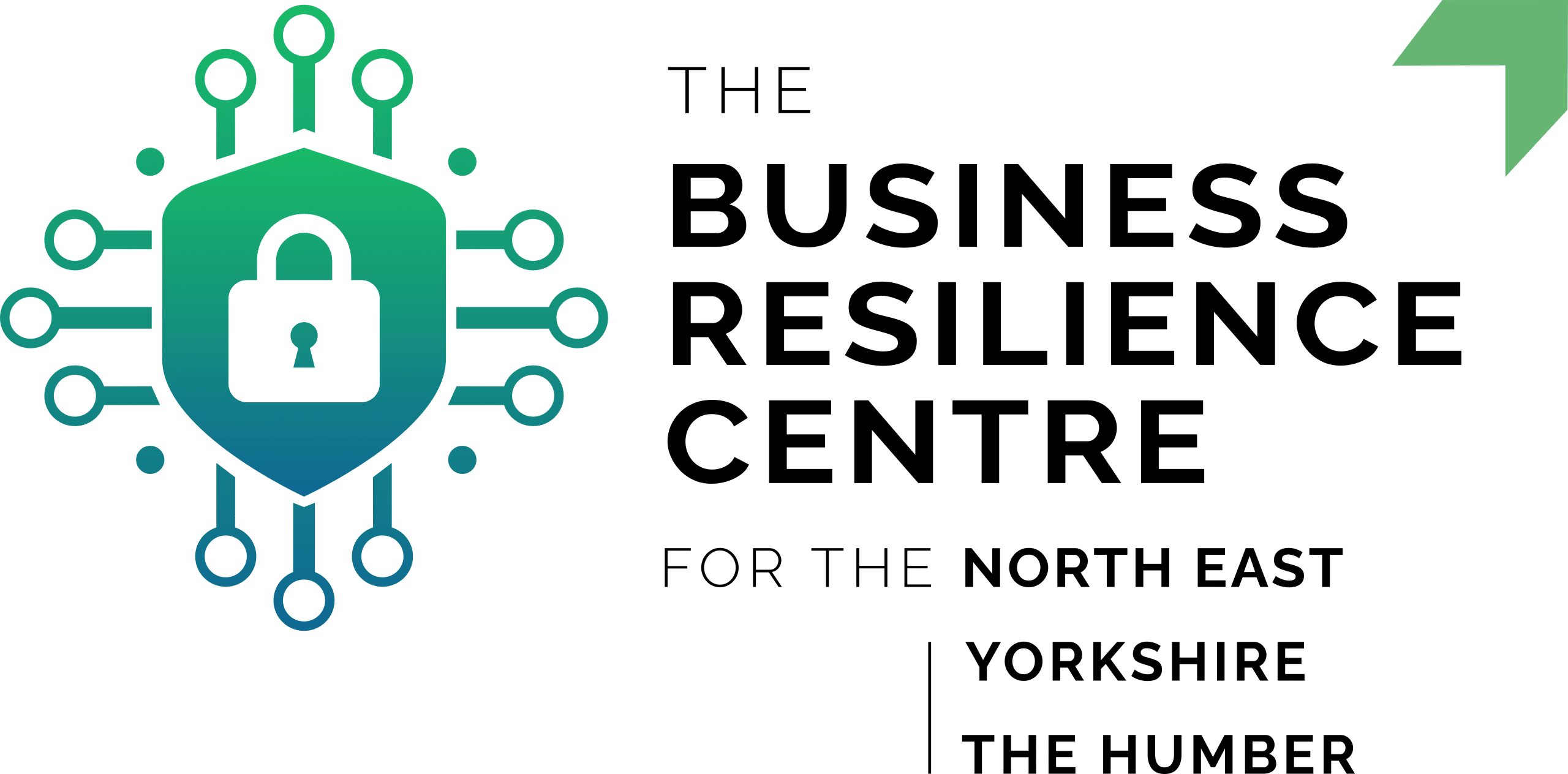There are a vast array of tools and techniques used by hackers to gain access to sensitive information that they can exploit or sell on to other criminals. With so many methods available, it can be difficult to protect your business without the correct knowledge or what to look out for.
So what techniques do hackers use to steal information? Hackers will often use multiple techniques at once to steal your information. These methods include phishing, fake WAP’s (Wireless Access Point), waterhole attacks, brute forcing, bait & switch, and clickjacking. The stolen information can then be used to complete more convincing attacks or access your accounts.
Read on to find out more about the techniques that hackers use, what tools they use, and what they do with that information.
Which Type of Attacks Do Hackers Use to Gain Information?
There are multiple hacking techniques that a hacker can deploy simultaneously on one target to reach their end goal. While some methods can be very technical, some are as simple as guessing your password. Here we’ve listed the most common cyber attack methods and what they mean:
- Phishing: Phishing uses faked emails from someone posing as a legitimate figure to lure victims into providing sensitive information without realising. This can also be done through SMS (smishing) and several other avenues.
- SQL Injections: When a poorly coded website uses an SQL database, the database can be exploited with SQL injections by inputting code into the website’s input fields and gaining access to the database.
- DoS/DDoS: Denial of Service attacks use a Botnet to flood a server with a mass of invalid requests. This overloads the server and causes a blackout to all the websites hosted on the server.
- Brute Force: Brute forcing is a password hacking technique that requires the hacker to guess the user’s password. This is possible because many users have weak passwords that follow specific patterns – such as “Password123”. This can be done manually or with the use of automated tools.
- Fake WAP: Because free WiFi is so common in public areas, hackers can create a fake WAP (WiFi Access Point) to mimic the real WiFi and trick users into connecting to it. Once connected, the hacker has access to all information going through the network such as login details and credit card numbers.
- Sniffing/Snooping: If data packets that are sent over networks are not encrypted, packet sniffers (applications that can intercept network packets) are used to read the data.
- Bait & Switch: This uses convincing advertisements on popular websites to trick users into clicking them. Once clicked, they will redirect to a page filled with malware that is downloaded.
- Cookie Theft: If a site isn’t secured through SSL, the hacker can steal cookie data such as passwords and browsing history and authenticate themselves as the user.
- Waterhole Attacks: Waterholing is a targeted attack where the hacker studies the target’s routine to find out their favourite physical locations (their waterholes). Once the hacker knows when and where they’ll be, they use a range of techniques such as a fake WAP to steal their login information.
- UI Redress/ClickJacking: Hackers could try to fool the victim into clicking a link by making it look like something else or making the link invisible over desirable buttons. This can be common on illegal streaming or torrent sites.
What Are The Tools Used By Hackers?
Most hacking tools are used by both security researchers, ethical hackers, and criminals. Because of this, if the tool finds a vulnerability in your systems, it can either be fixed or exploited. This makes selecting a trustworthy company for your cyber security needs essential. We’ve explained some of the tools that are used below:
- Rootkits: Once it’s installed, this software allows a cyber criminal to access the victim’s computer, manipulate it, and steal the victims data.
- Keyloggers: Similar to a rootkit, once this is installed it will eavesdrop on the victim’s computer and record every keystroke the user makes. This means that passwords, credit card numbers, and more can be stolen.
- Vulnerability Scanners: This software scans large networks of computers to identify weaknesses that they can exploit in other ways.
- Worm, Virus & Trojan: These act as imposters by looking like a desirable program, but once the victim runs the file it contains malicious code to infect the computer.
- Botnet: This is a collection of hijacked computers located around the world. They are used to perform DDoS or DoS attacks by flooding servers with invalid requests.
Did you know that NEBRC is a police-led, not for profit organisation that provides business vulnerability assessments, in-depth training for cyber security, and 24/7 cyber security services that you can trust? Visit our website for more information.
How Do Hackers Use Your Information?
If you or your employees fall victim to one of these tools and techniques, a cyber criminal could commit a variety of crimes with the stolen data. This will often depend on how much information they managed to steal, what details that includes, and what their initial purpose was for attempting the attack.
Low-level criminals might simply use your bank details to make payments, apply for credit cards in your name, or change your account billing addresses so you don’t notice the fraud. If the data is stolen by or sold on to more dangerous criminals, it could be used for identity theft, account takeovers, or to hold a business for ransom.
If the attackers only gained access to basic information, this can still be used for further attacks down the line. The attackers can use this information to create more convincing phishing attacks, whereby they can pretend to be contacting you from a trustworthy source by providing you with your own information. This could include pretending to be your bank or a company that you deal with often by providing your own date of birth, address, and potentially account numbers to gain your trust.
Strengthen Your Cyber Resilience With the North East Business Resilience Centre
At NEBRC, we’re a police-led not-for-profit organisation that’s dedicated to your cyber security. We work closely with you to keep your data safe and reduce your risk of cyber attack.
Visit our website to find out more about our Business Vulnerability Assessments or find out about our Web app Vulnerability Assessment to protect your site too. You can also sign up to our free core membership to keep up to date with the latest cyber security matters and keep your business safe online.

